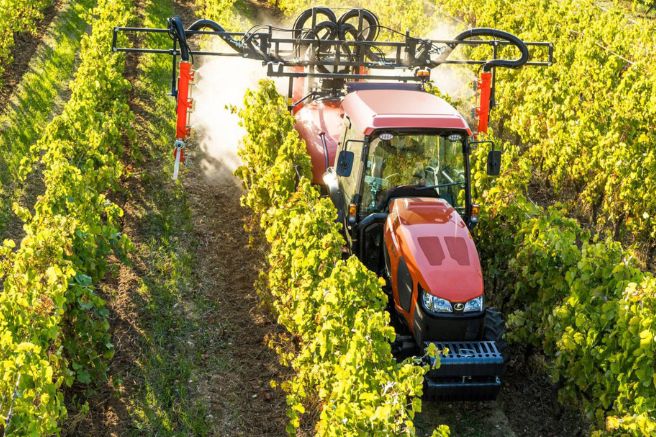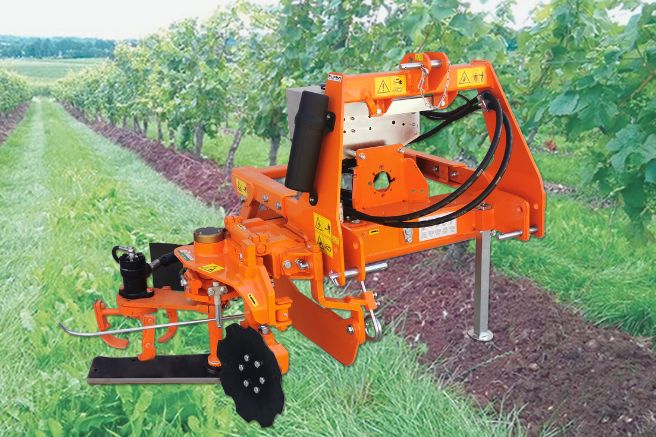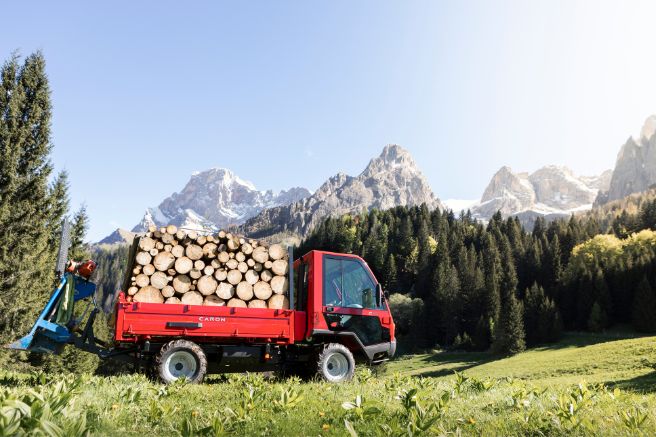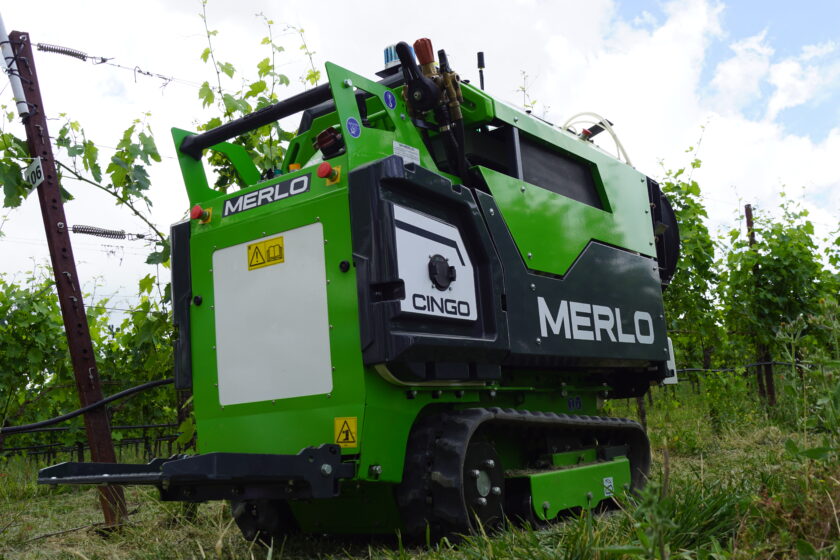
It is a common opinion that the automation of agricultural machinery will lead to an almost complete revision of their current design layouts. Confirming this, a recent Bosch study, sponsored by the German Ministry of Economic Affairs and aimed at the automotive sector, suggests that future autonomous vehicles will have little in common with current ones, both in terms of structures, occupant accommodation, and driving. In fact, cars will essentially become “mobile spaces” where passengers can engage in their activities without worrying about driving. It is easy to predict that, in the long term, this evolution will also extend to the agricultural sector, with the key difference being that the operator will not need to fill the time freed from driving and work, simply because they will not be on board the work site but will control it remotely or not control it at all. This reality is proven by the numerous prototypes of autonomous self-propelled vehicles that various manufacturers are developing, machines differing in propulsion and management technologies but united by the fact that they operate fully autonomously and without human supervision.
From Enovitis ’23 to Enovitis ’24
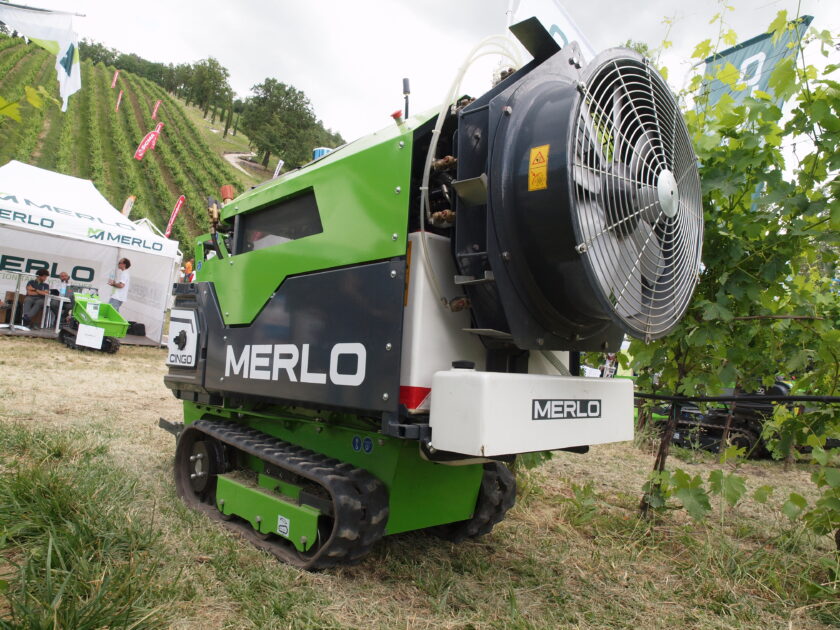
The latest entry in this regard is the prototype of an autonomous self-propelled sprayer presented last year by Merlo at Enovitis 2023. The machine was based on the electric handler “CingoM600Td-E” and was a true surprise for the specialized agriculture sector, both because it appeared without any prior announcement and because it disappeared from the radar immediately after the event. In fact, it was a prototype, intended to return to the Group’s Research and Development Center to undergo all the necessary modifications and upgrades to bring it closer to production. This refinement and adjustment activity led, in mid-June, again at Enovitis, to the presentation of the second generation of Merlo’s autonomous sprayer, revised in content and appearance and renamed “CingoM600A-e.” The mechanical base is still the “CingoM600Td-E” platform, featuring two 48-volt electric gear motors and an electric pump capable of delivering about five liters of oil per minute, three and a half of which are usable during operation. Powering everything for up to four hours is a 7.5-kilowatt-hour lithium-ion battery pack, which can be recharged in three hours.
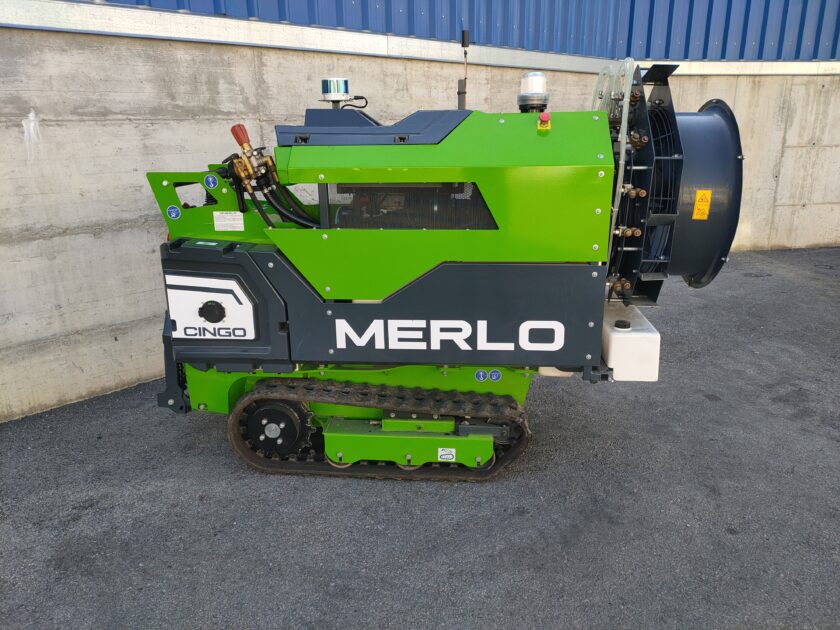
These propulsion components are combined with a dense 360-degree environmental sensing system, an RTK-corrected satellite locator, and an information control unit whose software manages operations differently within the vineyard rows than it does during headland maneuvers. In operation, the trajectory-controlling algorithm keeps the machine equidistant from the rows by using positioning sensors, halting both movement and spraying if an obstacle appears, then resuming normal operation once the area in front is clear. During maneuvers, the algorithm follows GPS-based trajectories to return to the next row, avoiding obstacles when necessary and finding new paths that eventually converge back onto the predefined trajectory. Spraying is handled by a 200-liter tank that, through a diaphragm pump, feeds brass nozzles and a tangential fan.
It Can Operate Full Time
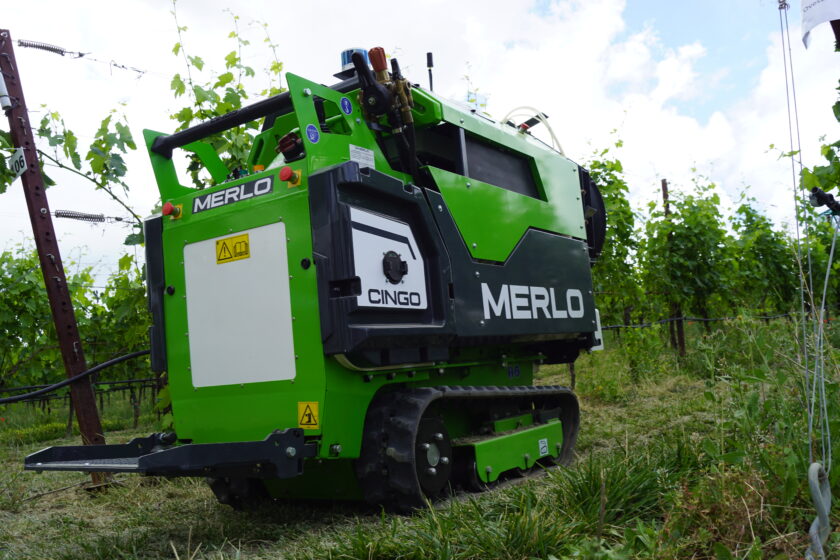
Designed in this way, the “CingoM600A-e” is a dedicated machine, but nothing prevents the same structure from supporting different equipment in the future, thereby becoming an autonomous tool carrier capable of performing various tasks by switching tools. In this regard, it is worth noting the possibility of running the machine 24 hours a day, resulting in greater productivity than a traditional worksite, as well as the overall lighter weight compared to conventional tractor-plus-implement systems—a factor that benefits soil protection, especially in areas with valuable crops.
Titolo: “Cingo M600A-e” by Merlo, the autonomous sprayer for specialized crops
Translation with ChatGPT





